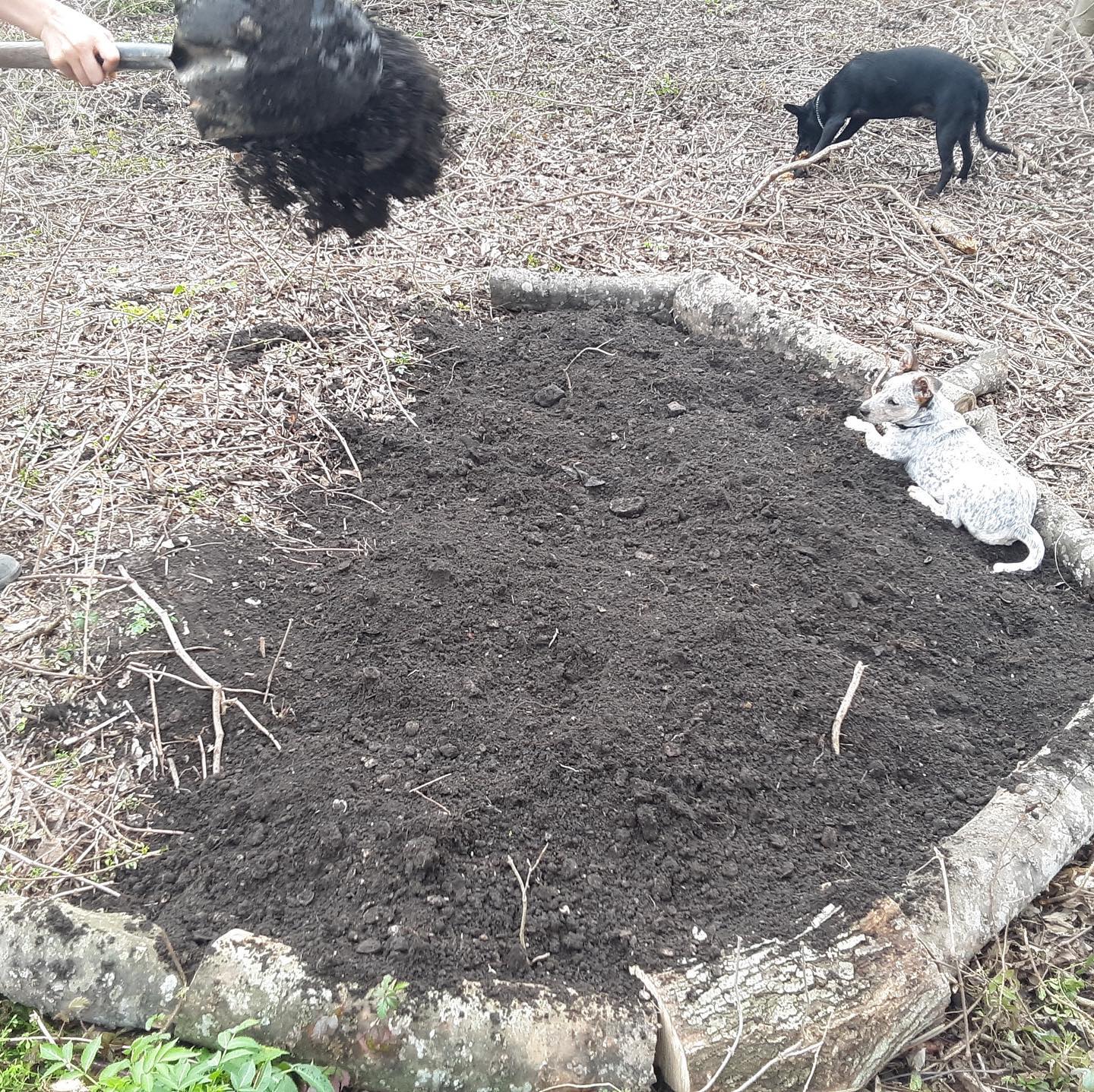The South River Forest is a perfect example of a feral ecology, where nonhuman entities are tangled up with human infrastructure projects. During the night, Intrenchment Creek breaks out in a chorus of frogs hitting different pitches to build strange chords, and the turtles grow huge despite the terrible runoff from an adjacent landfill and the Atlanta Police Department firing range, which surely the deer must know to avoid by now. But the biodiversity of the forest goes beyond just those animals who live there, and includes many different people who have formed relationships with it, whether they come to forage, explore the ruins and tag the walls, walk their dogs, ride dirtbikes or ATVs or mountain bikes, find quiet among the pines, or throw a party or have a bonfire.
There is likely to be evidence of such crimes, including the graves of an unknown number of inmates who died of abuse, intentional neglect, and outright murder by guards. See Atlanta Community Press Collective, “A Brief History of the Atlanta City Prison Farm,” August 14, 2021 →.
Jean Baudrillard, America (1988; Verso, 2010).
The 2021 and 2022 editions of the Earthbound Farmer’s Almanac are available from Emergent Goods →.
